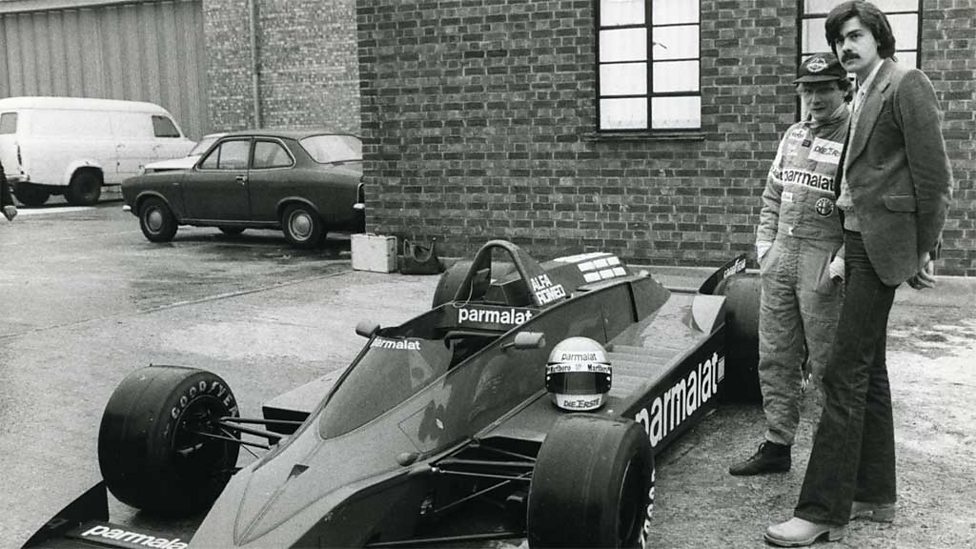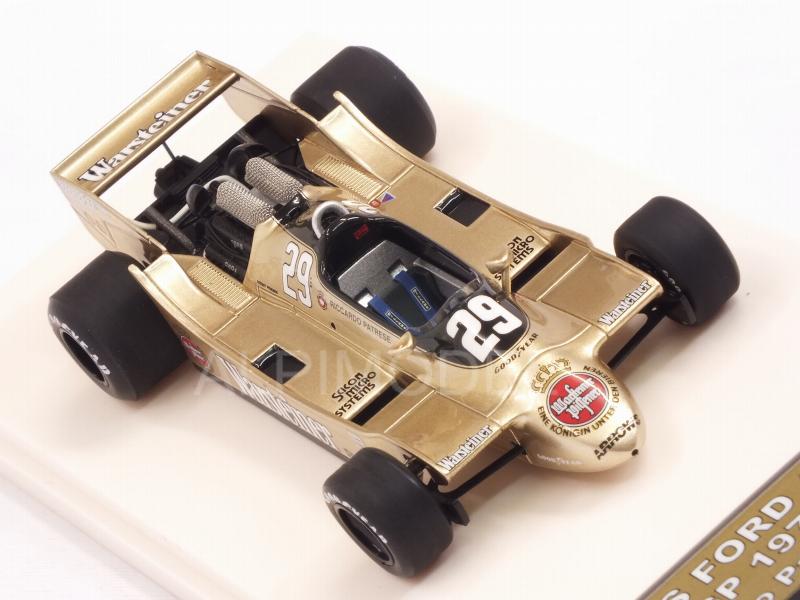Lotus 80, Brabham BT48, Arrows A2. Three examples of Formula 1 chassis which perfectly illustrated the aphorism: "Perfect is the enemy of good".
After the crushing domination of the Lotus 79 during the F1 1978 season, thanks to their concept of "wing-cars", Colin Chapman, the brilliant Lotus engineer who was at the origin of the introuction of ground effect in Grand Prix, as well as his rival from Brabham, the ingenious Gordon Murray and finally the Arrows engineers, Dave Wass & Tony Southgate, decided to push the ground effect principle applied to F1 a little further by trying to create cars which almost literally illustrated the concept of "Wing-car". F1 cars that would be practically wings on wheels.
In the case of Brabham, Godon Murray understood very quickly that this would be a dead end, and redesigned slightly the BT48 chassis making it more "conservative".
The Arrows A2 was entered first time in France at Dijon. Its design was spectacular, some called it the missile due to its shape, and its golden Warsteiner livery made it even more attractive. But on track the car was a huge disappointement for the team and drivers Riccardo Patrese & Jochen Mass.
In the case of Lotus, the debut of the 80 chassis was made in Jarama, starting the European campaign. Despite a podium for its first appearence, that design turned out to be a bad idea for Chapman. The car faced some handling and aero problems due to the peculiarity of its curved skirts which were too flexible, slid badly and got stuck making driving uncertain and dangerous. Even Carlos Reutemann refused to drive it. Only Mario Andretti agreed to do it. It was a failure despite the good will and professional approach of the latter. The Lotus 80 ended up being retired from racing after the French Grand Prix. In fact, no one knew at the time that this would be the start of the Lotus team's downfall.
The radical design of these three F1s was characterized in common by the reduction of the height of the rear wing, its lowering to the point of almost touching the bodywork above the gear box, and the absence of the front wings. The lotus, for its part, had skirts that extended from the nose and up to the rear end, and the shape of the sidepodes arched in front of the rear wheels in the shape of a Coca-cola bottle (another Colin Chapman invention which was to be copied much later after the ban of wing-cars).
Thankfully, we still can see this car running druring F1 historic races around the world.
And that's how the Lotus 80 would have looked like if Lotus team didn't change his sponsor...














No comments:
Post a Comment